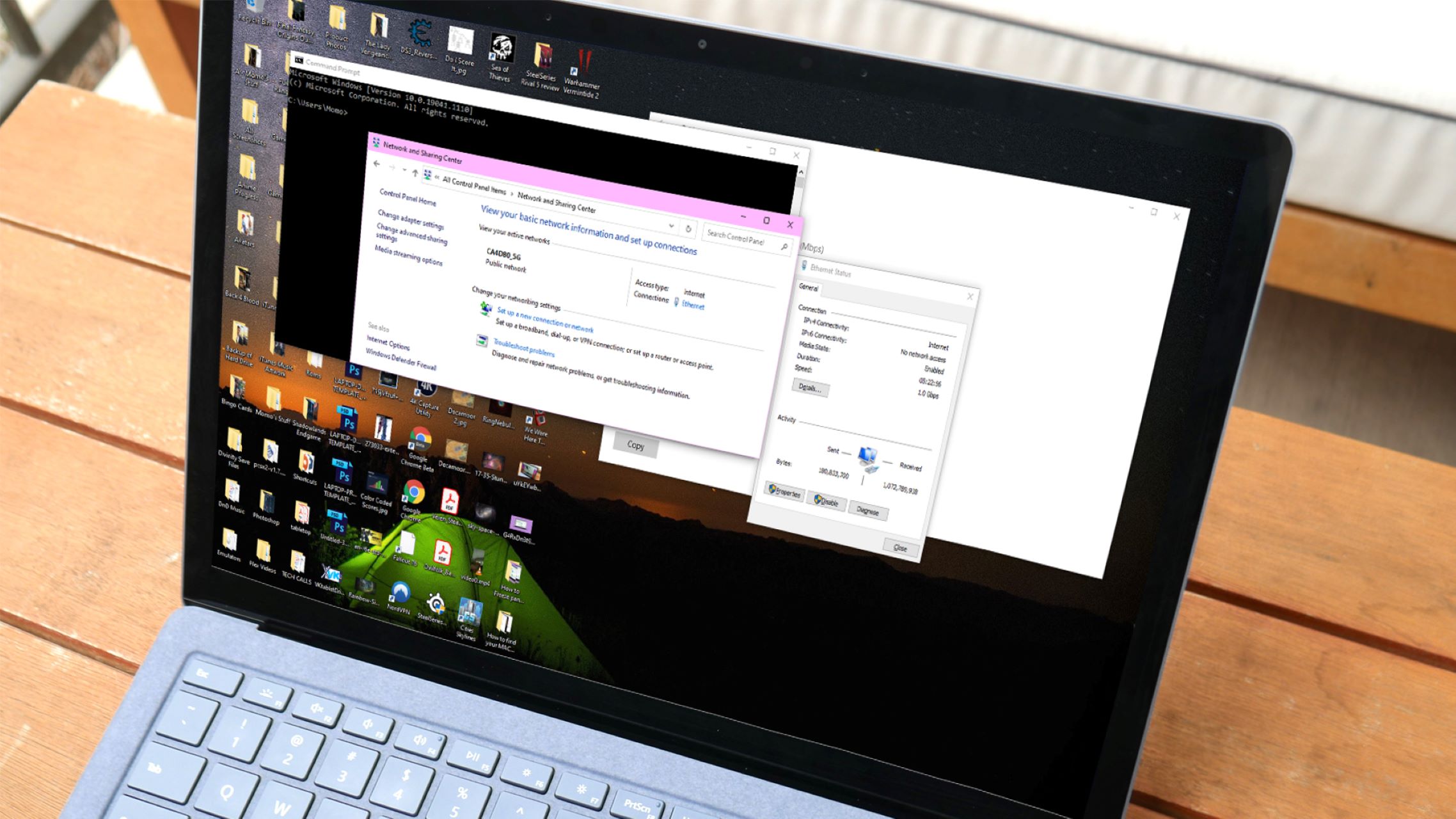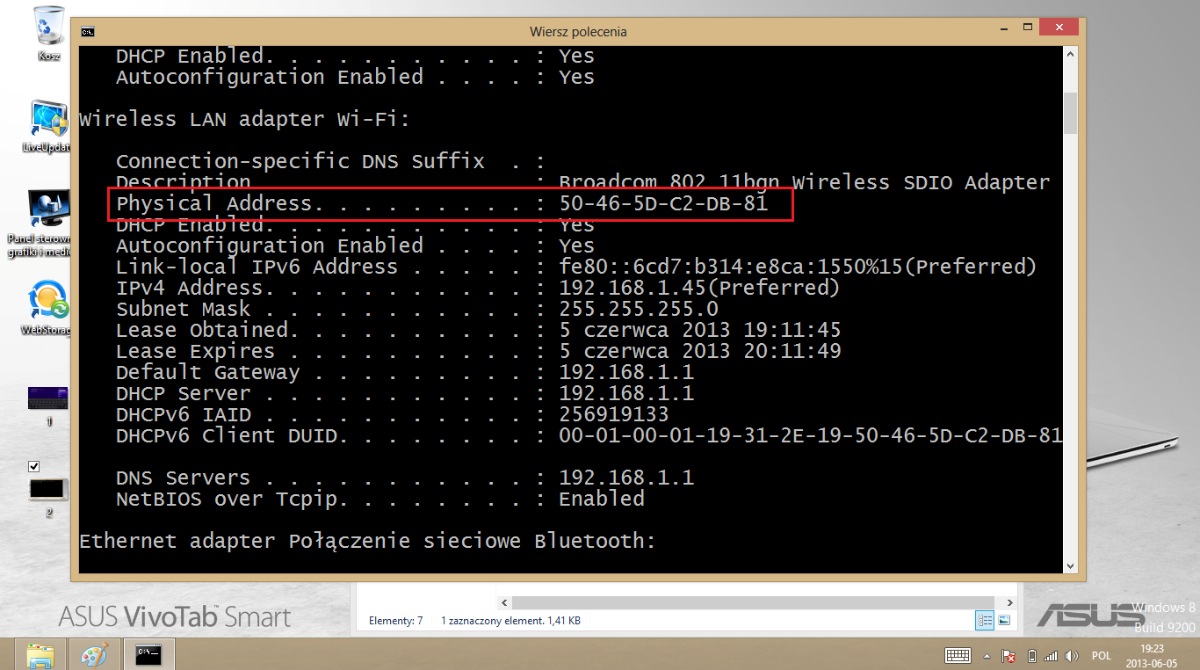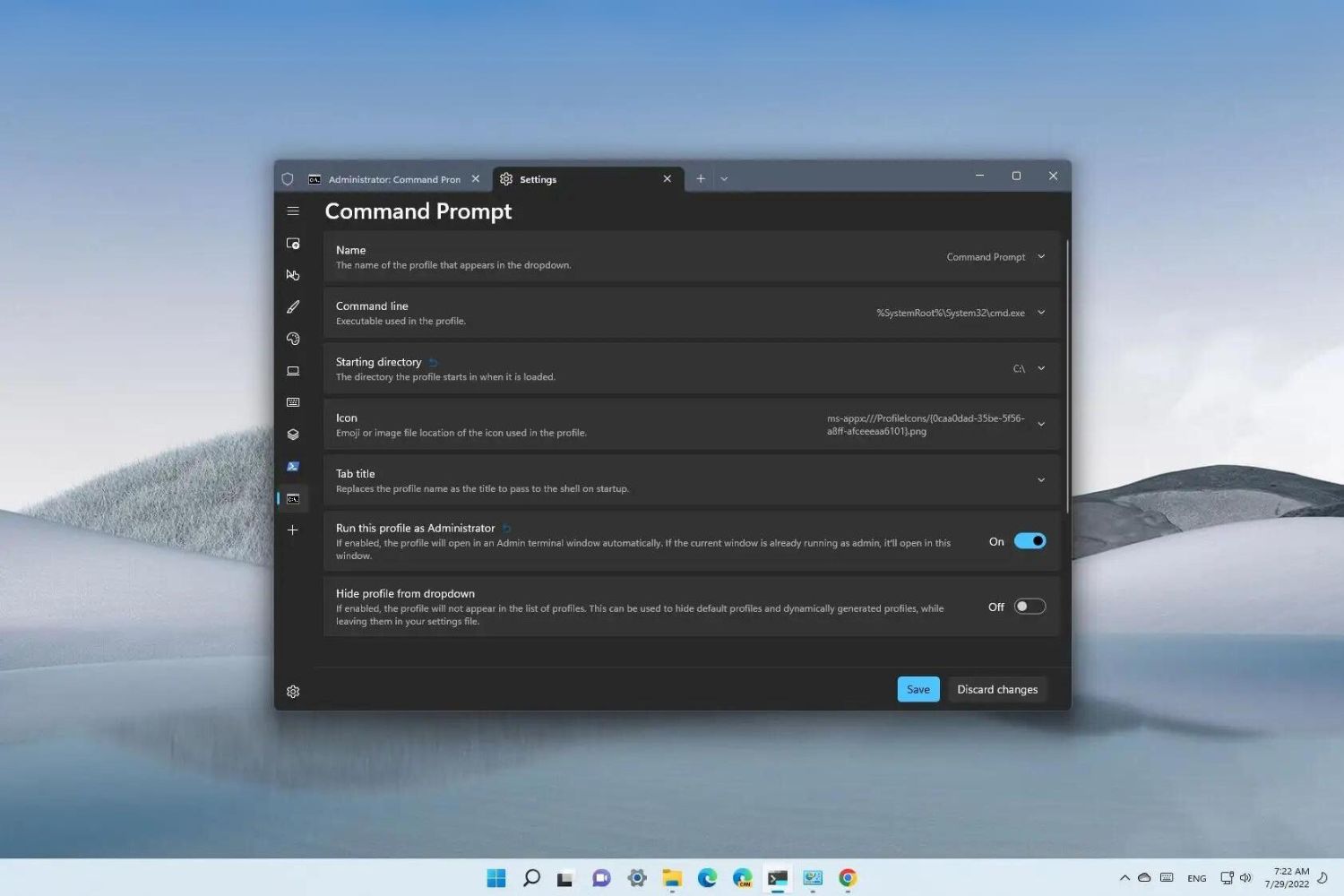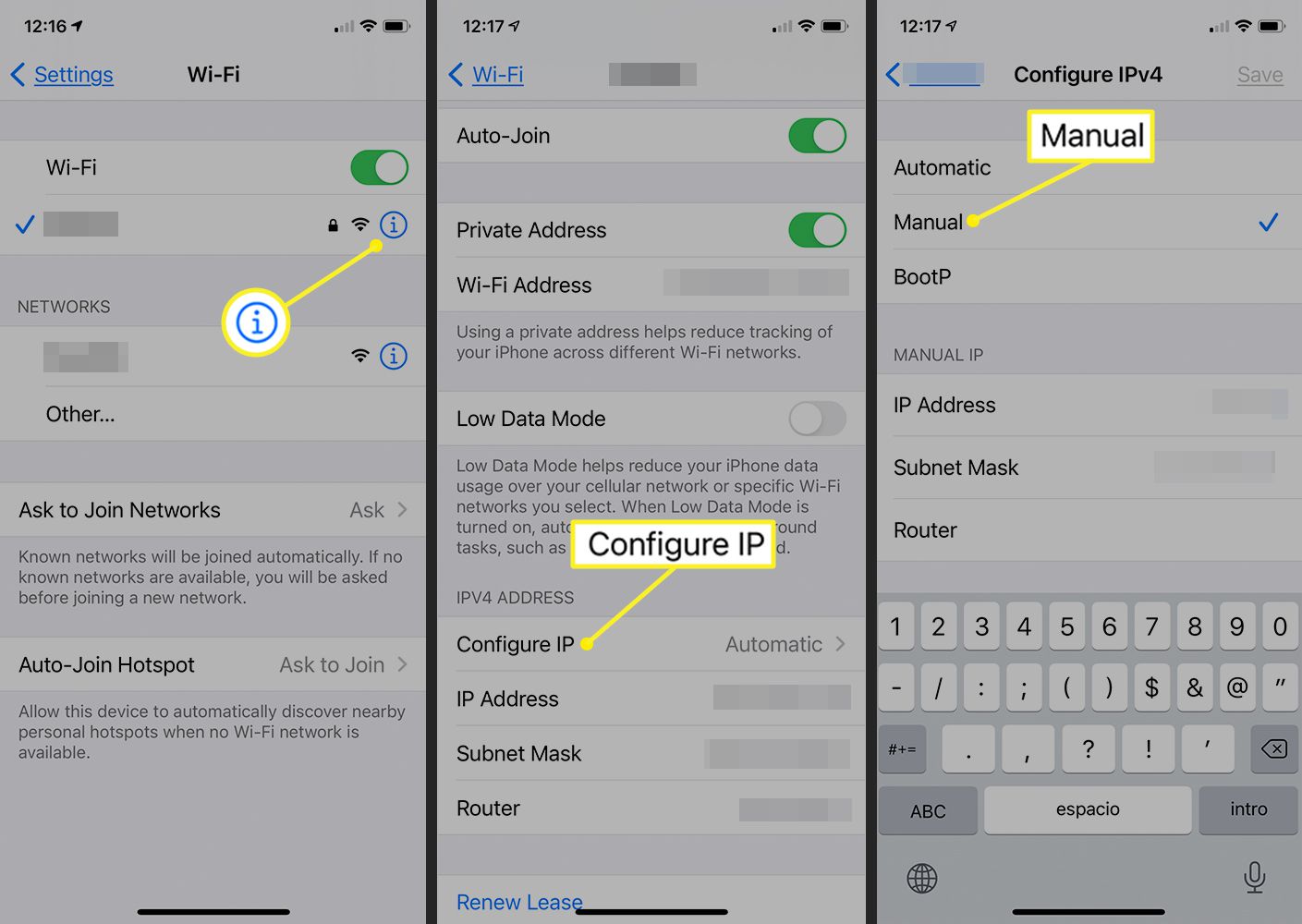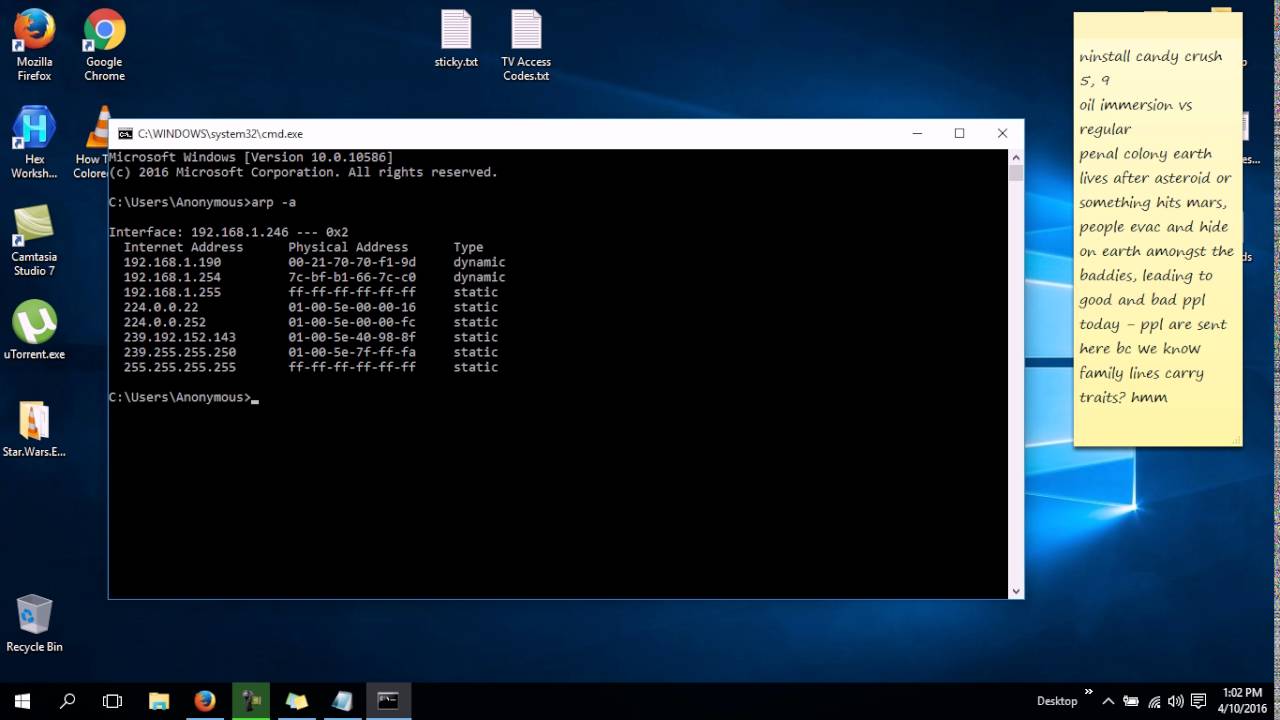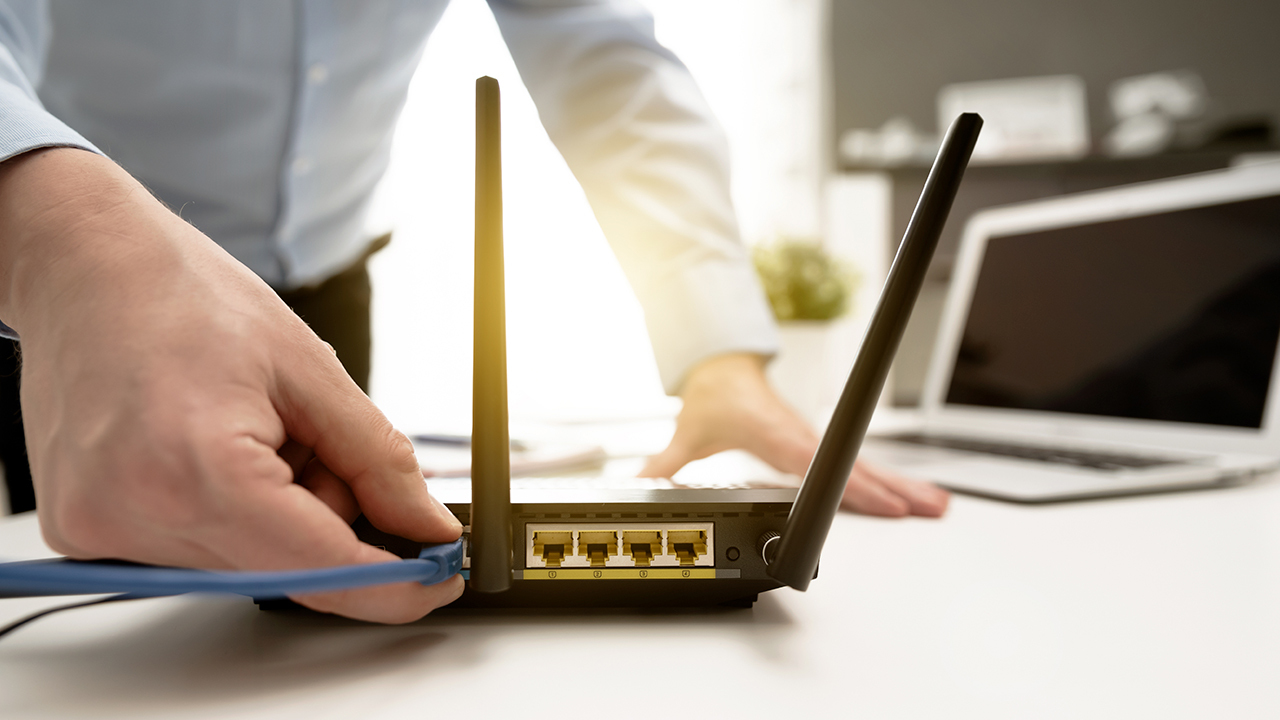What is a MAC address?
A Media Access Control (MAC) address is a unique identifier assigned to a network interface card (NIC) by the manufacturer. It is a 12-digit alphanumeric code that is used to distinguish one device from another on a local network. Think of it as a virtual fingerprint for your device, enabling it to communicate with other devices within the network.
A MAC address comprises six pairs of two-digit hexadecimal numbers, separated by colons or hyphens. For example, a typical MAC address might look like 00:1a:2b:3c:4d:5e. The first half of the address represents the manufacturer’s identity, while the second half is unique to the specific device.
MAC addresses are integral to network communication. When you connect your device to a network, such as Wi-Fi or Ethernet, it uses its MAC address to send and receive data. This address is essential for routing network traffic correctly to the appropriate device.
It’s important to note that a MAC address is unique to each device, meaning no two devices can have the same MAC address. This uniqueness allows network administrators to identify and manage devices on their networks effectively.
In summary, a MAC address is a unique identifier assigned to a network interface card that allows devices to communicate on a local network. It serves as a virtual fingerprint for each device, enabling proper routing of network traffic.
Why do you need to find your MAC address?
Knowing your MAC address can be useful in a variety of situations. Here are some common reasons why you might need to find your MAC address:
- Network troubleshooting: If you’re experiencing network connectivity issues, network administrators may ask for your MAC address to diagnose and resolve the problem. By providing them with your MAC address, they can investigate any potential issues specific to your device.
- MAC address filtering: Some networks implement MAC address filtering as a security measure. This means only devices with authorized MAC addresses can connect to the network. If you want to connect a new device to such a network, you’ll need to provide your device’s MAC address to the network administrator for authentication.
- Device identification: On large networks, it can be challenging to keep track of all the connected devices. By knowing your MAC address, network administrators can easily identify and track your device, allowing for better network management and security monitoring.
- Device registration: Some institutions, such as universities or businesses, require users to register their devices before accessing the network. Registering your device typically involves providing its MAC address as proof of ownership or authorized usage.
- MAC address cloning or spoofing: In some scenarios, you might need to clone or spoof your MAC address to bypass network restrictions or maintain privacy. To carry out this process effectively, you’ll first need to locate your original MAC address.
By understanding the importance of knowing your MAC address, you can address technical issues, ensure network security compliance, and enhance your overall network experience.
Method 1: Using Command Prompt
Using the Command Prompt is a straightforward and efficient way to find your MAC address. Follow these steps:
- Open the Command Prompt by pressing the Windows key + R on your keyboard, typing “cmd” in the Run dialog box, and hitting Enter.
- In the Command Prompt window, type “ipconfig /all” (without quotes) and press Enter. This command will display detailed information about your network connections.
- Scroll through the results until you find the network adapter you want to find the MAC address for.
- Look for the “Physical Address” or “MAC Address” entry next to the network adapter you selected. The MAC address will be displayed as a combination of six pairs of numbers and letters, separated by dashes or colons.
- Note down the MAC address for future reference or to provide it to the network administrator if needed.
By following these steps, you can quickly retrieve your MAC address using the Command Prompt. It’s a reliable method that works on most Windows operating systems.
Remember to close the Command Prompt window once you have obtained the necessary information.
Method 2: Using Network and Sharing Center
Another way to find your MAC address is through the Network and Sharing Center in Windows. Here’s how:
- Open the Network and Sharing Center by clicking on the network icon in the system tray, usually located in the bottom-right corner of the screen, and selecting “Open Network & Internet settings.” This will open the Network & Internet settings window.
- In the Network & Internet settings window, click on “Change adapter options” or “Change adapter settings.” This will open a window displaying your network connections.
- Locate the network adapter for which you want to find the MAC address.
- Right-click on the network adapter and select “Status.” This will open the Status window for that particular network adapter.
- In the Status window, click on “Details.” A new window will appear, showing detailed information about the network adapter.
- Scroll through the information until you find the “Physical Address” or “MAC Address” entry. The MAC address will be listed as a combination of six pairs of numbers and letters, separated by dashes or colons.
- Make a note of the MAC address for future reference or to provide it when necessary.
Using the Network and Sharing Center provides a user-friendly interface for finding your MAC address in Windows. It allows you to access the necessary information with just a few clicks, making the process quick and uncomplicated.
Remember to close the windows once you have retrieved the MAC address.
Method 3: Using Windows PowerShell
If you prefer using Windows PowerShell, you can also find your MAC address using this powerful command-line tool. Follow these steps:
- Open Windows PowerShell by searching for it in the Start menu or by pressing the Windows key + X and selecting “Windows PowerShell” from the menu that appears.
- In the Windows PowerShell window, type the following command and press Enter:
Get-NetAdapter | Select-Object Name, MacAddress. This command will retrieve the names and MAC addresses of all network adapters on your computer. - Scroll through the list of network adapters until you find the one for which you want to know the MAC address.
- Note down the MAC address displayed in the “MacAddress” column for the corresponding network adapter.
- You can close the Windows PowerShell window once you have obtained the necessary MAC address.
Using Windows PowerShell provides a more advanced and flexible approach to finding your MAC address. It allows you to leverage the power of scripting and automation, making it an ideal choice for those familiar with command-line interfaces.
Remember that Windows PowerShell is case-sensitive, so ensure you type the commands exactly as provided above.
Method 4: Using Settings
If you prefer a graphical user interface (GUI) approach, you can find your MAC address using the Settings app in Windows. Here’s how:
- Open the Settings app by clicking on the Start menu, then selecting the gear icon. Alternatively, you can press the Windows key + I on your keyboard to open the Settings app directly.
- In the Settings window, click on “Network & Internet.”
- In the Network & Internet settings, select “Ethernet” or “Wi-Fi” depending on the type of network connection you want to find the MAC address for.
- Click on the network connection that you are currently using to expand its settings.
- Scroll down to the “Properties” section, and under “Physical address” or “MAC address,” you will see your device’s MAC address.
- Make a note of the MAC address for future reference if needed.
Using the Settings app offers a user-friendly and intuitive way to find your MAC address. It doesn’t require you to use command-line tools or navigate through multiple windows, making it accessible to users of all experience levels.
Remember to close the Settings app once you have retrieved the MAC address.
Method 5: Using System Information
The System Information tool in Windows provides an alternative method for finding your MAC address. It offers a comprehensive overview of your system’s hardware and software information. Here’s how to use it:
- Open the Run dialog box by pressing the Windows key + R on your keyboard.
- Type “msinfo32” (without quotes) in the Run dialog box and press Enter.
- The System Information window will open, displaying detailed information about your computer.
- In the left pane, expand the “Components” category and click on “Network.”
- In the right pane, you will see a list of all the network adapters installed on your computer.
- Locate the network adapter for which you want to find the MAC address.
- Note down the MAC address displayed next to the “Physical Address” or “MAC Address” label for the corresponding network adapter.
- You can close the System Information window once you have obtained the necessary MAC address.
Using System Information provides a comprehensive view of your computer’s networking hardware and allows you to quickly locate your MAC address. It is a useful alternative if you prefer a more detailed overview of your system’s configuration.
Remember to close the windows and dialog boxes once you have retrieved the MAC address.
Conclusion
Locating your MAC address is essential for various reasons, such as troubleshooting network issues, configuring network access, or ensuring network security. In this article, we discussed five different methods to find your MAC address on a Windows operating system.
Using Command Prompt, Network and Sharing Center, Windows PowerShell, Settings, and System Information, you can easily retrieve your device’s unique MAC address. Each method offers its own advantages, whether it’s the simplicity and speed of Command Prompt, the user-friendly interface of the Network and Sharing Center, the flexibility of Windows PowerShell, or the comprehensive system overview of the System Information tool.
Remember, your MAC address is a vital piece of information that distinguishes your device on a local network. It is important to keep it secure and provide it only to trusted individuals or organizations when necessary.
By understanding how to find your MAC address using different methods, you can effectively troubleshoot network issues, connect to secure networks, comply with network restrictions, and enhance overall network management and security.
Whether you prefer the command-line approach or the graphical user interface, Windows provides multiple options to retrieve your MAC address conveniently. Choose the method that suits your preference and needs, and always remember to close the necessary windows and dialog boxes once you have obtained the required information.







